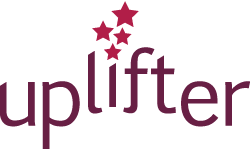Online dance progress report
A dance progress report is key in tracking how well a dancer learns and performs new skills at your studio. This tool helps keep instructors and dancers on track.
When your bring your dance progress report online, studio owners, instructors, dancers and their parents can easily reference the same information with the click of a button.
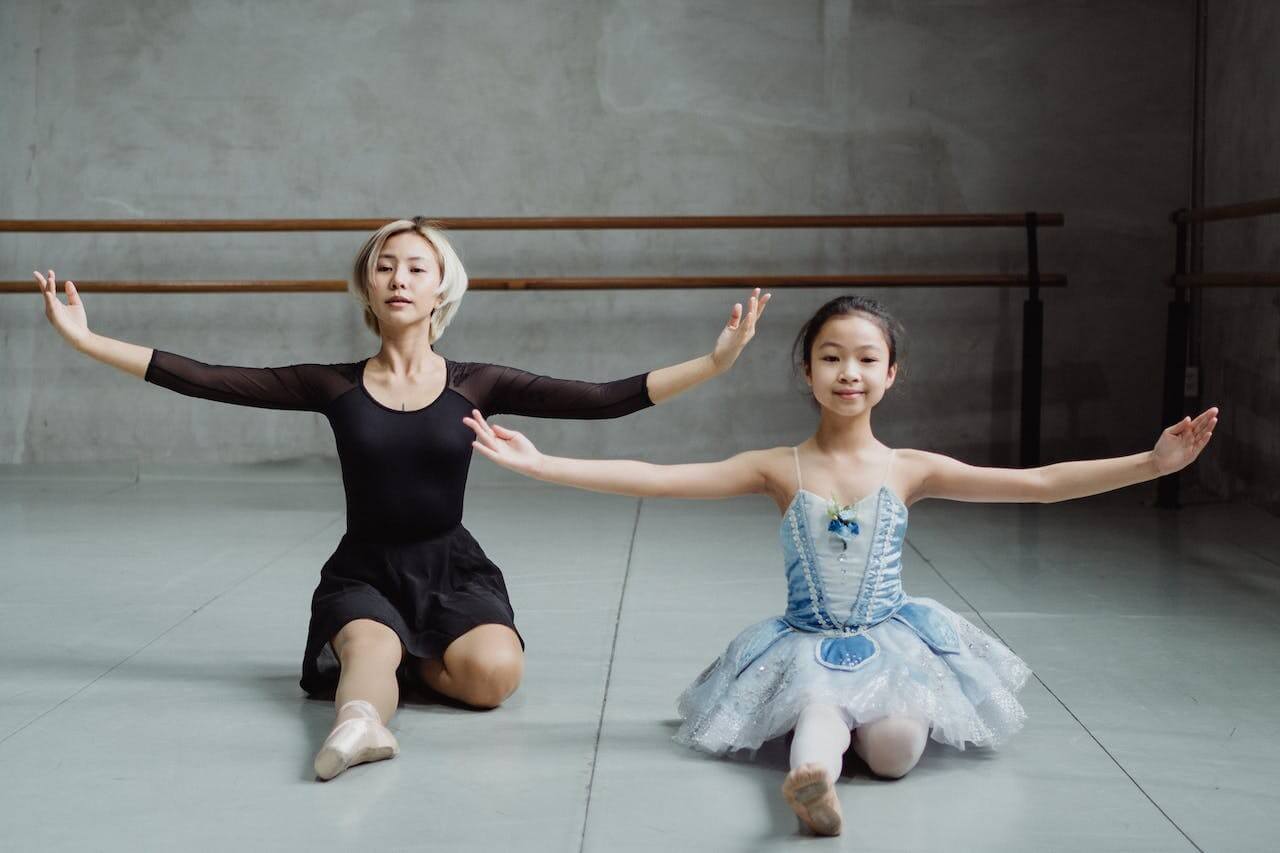
This article will help you understand what features a dance progress report can have. It will also help you understand how these features can save time, and which ones might be useful for your studio.
We’ll cover:
1. What to look for in a dance progress report
2. Creating a dance progress report
3. Dance studio progress report legend
4. Completing progress reports with attendance
5. Privately publishing a report at the click of a button
What to look for in a dance progress report
Completing an online dance progress report is easy. With the right tool you can complete a report in real-time on your mobile or tablet device.
But not all dance progress reports are built equally. If you’re using a dressed-up Google Form, you’re missing out on heaps of dynamic features.
Look for a solution that offers serious time savings with built-in automations.
Aim for a dance progress report that can automatically determine which class your dancers are able to register for next season.
Make sure your dance progress reports can be linked together in a curriculum. That means once a dancer completes the required skills the system automatically has their next evaluation ready.

Ensure your dancers can easily access their reports. They should be sent as a report card that can be stored directly on a dancer’s private profile and family account. In this way, dancers and their parents can see how far they’ve come and what skills they can work on to keep growing.
When you choose the right dance progress report tool you unlock these conveniences and more!
Creating a dance progress report
When you use dance software like Uplifter, you don’t have to build a new evaluation form from scratch. So, you don’t have to waste everyone’s time by adding fields for a dancer’s name, their class, instructor, dance type, or dance level.
Save your precious time! All of that basic information is prepopulated with a solution like Uplifter.
Instead, you can focus your energy on adding the important things like the skills and movements you need to evaluate.
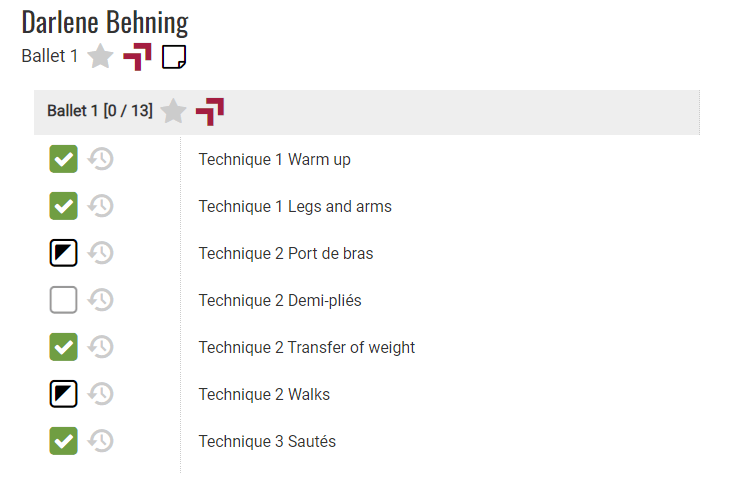
Of course, every studio owner knows that you don’t track skills at random, they’re part of a curriculum. That’s why Uplifter allows you to create a curriculum to be used across your software. You can easily add your own curriculum, or a even a national curriculum.
This method allows dancers to easily graduate along that curriculum as they successfully complete each level.
To add a curriculum, Uplifter allows you to create achievements and set a list of goals (or skills) under those achievements. Once all the required skills are completed, the dancer masters that achievement!
After the required achievements are mastered, dancers can progress to the next level.
Dance studio progress report legend
It’s key for your dance progress report to include a legend. At a glance the legend will show a goal achieved (green check mark), goal attempted (half-filled box), achievements completed (yellow star), achievements available (half-filled yellow star), achievements pending approval (half-filled green star with clock), and attempt history.

When you click the attempt history icon that appears beside a goal (skill), a list of past attempts will pop-up so you can see when and how often the goal was attempted.
Tracking attempt history in a dance progress report is vital!
Attempt history allows you to really understand a dancer’s progress. This is where a static Google Form (or Google Form competitor) simply can’t get the job done.
Attempt history allows any instructors to quickly see if there’s a problem skill that a dancer is repeatedly struggling with.
If they can see this at a glance, instructors can adapt their lesson plan to hone the fundamentals of the skills in question.
Completing dance progress reports with attendance
Evaluation day can be a busy time for instructors and dancers alike. That’s why dance progress reports like Uplifter’s allow you to mark attendance and evaluate dancers in one smooth process.
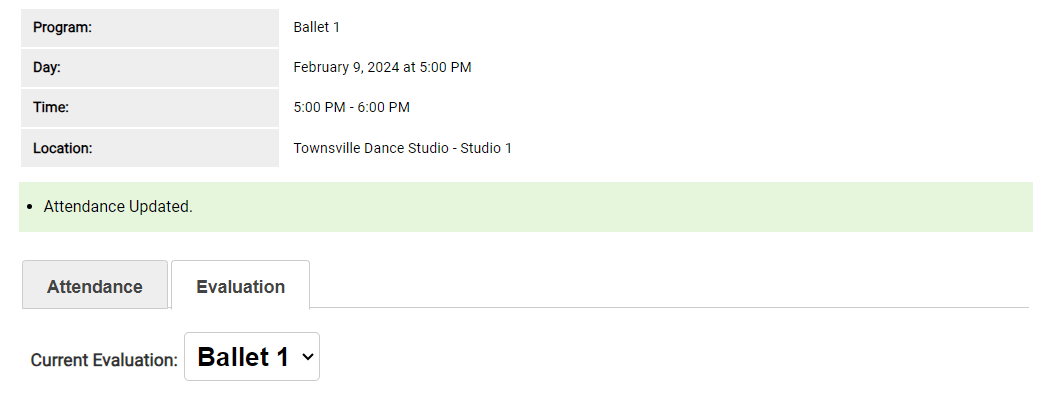
More importantly, this function allows multiple instructors to evaluate the same class at once without worrying about duplicating evaluations or mixing up dancers.
All an instructor needs to do is mark their group of dancers as present then begin evaluating.
Any dancer that the instructor marks present will be locked to that instructor.
This means another instructor can quickly see who still needs to be evaluated. They can then easily complete attendance and evaluations for any remaining dancers.
Privately publishing a report at the click of a button
In the legend that appears at the top of an evaluation, you’ll notice a button that says Publish Evaluation.
Simply click this button when your evaluation is complete and your dance progress report will be sent directly to your dancer’s private participant profile.
This will allow your dancer, and their parents to view and celebrate their accomplishments!

From a progress perspective, it also allows dancers to see which skills they need to work on next.
As dancers continue to level up, these evaluations tell an awesome story of progress and accomplishment.
Frequently Asked Questions:
What is progress in dance?
Progress can look different for different dancers. Some dancers may feel like progress is simply sticking with their commitment to try new things at your studio. Other dancers may have more lofty goals. The challenge for dance studio owners and instructors is to clearly define progress so their dancers can understand it. This is best accomplished by using a curriculum and progress reports to break-down a particular type of dance into skills that a dancer can learn.
How do you measure dance progress?
The best way to measure dance progress is with a dance progress report. Many dances are filled with subtle details and techniques that parents and dancers may not see without training. For this reason, a dancer or parent may think a dancer is further along their development than they actually are. To solve this, dance studios use a dance progress report to clearly communicate measurements and progress.
What is a dance progress report?
A dance progress report is an evaluation tool that you can use to measure your dancer’s progress. This report evaluates how well a dancer can complete the skills they’ve been learning at your studio. They also help instructors get a clear view of how well their class is progressing. And, they give parents an understanding of what their children have achieved and what comes next.
How do you write a dance report?
The clearer a dance report is, the better. This means a dance report needs to heavily rely on objective, measurable skills. When parents and dancers can clearly see which skills are completed and which skills are still in progress, it helps them understand where the dancer should focus their attention. Adding a summary or comments is also extremely valuable. A short summary can provide context, confidence and a touch of motivation.
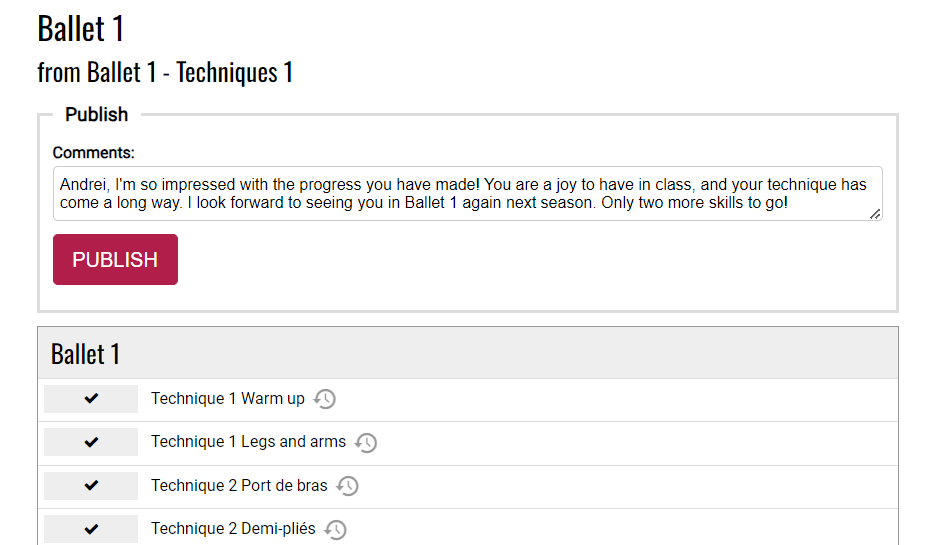
Can I use a pen and paper dance progress report?
Pen and paper dance progress reports can still be manageable for some small studios, but it’s important to understand how much time goes into creating, printing, filling out, distributing and managing backup copies of those reports. Many studios already have dance software to handle registration, so ensuring your software comes with dynamic, built-in dance progress reports is an easy way to save a lot of time.
What skills should be included in a dance progress report?
The exact skills in a dance progress report will vary depending on your class. Naturally more advanced classes require more advanced skills. Ideally your dance studio has a curriculum that dancers can progress along. At each step of the curriculum, dancers should be tested to ensure they’re ready for the next step.
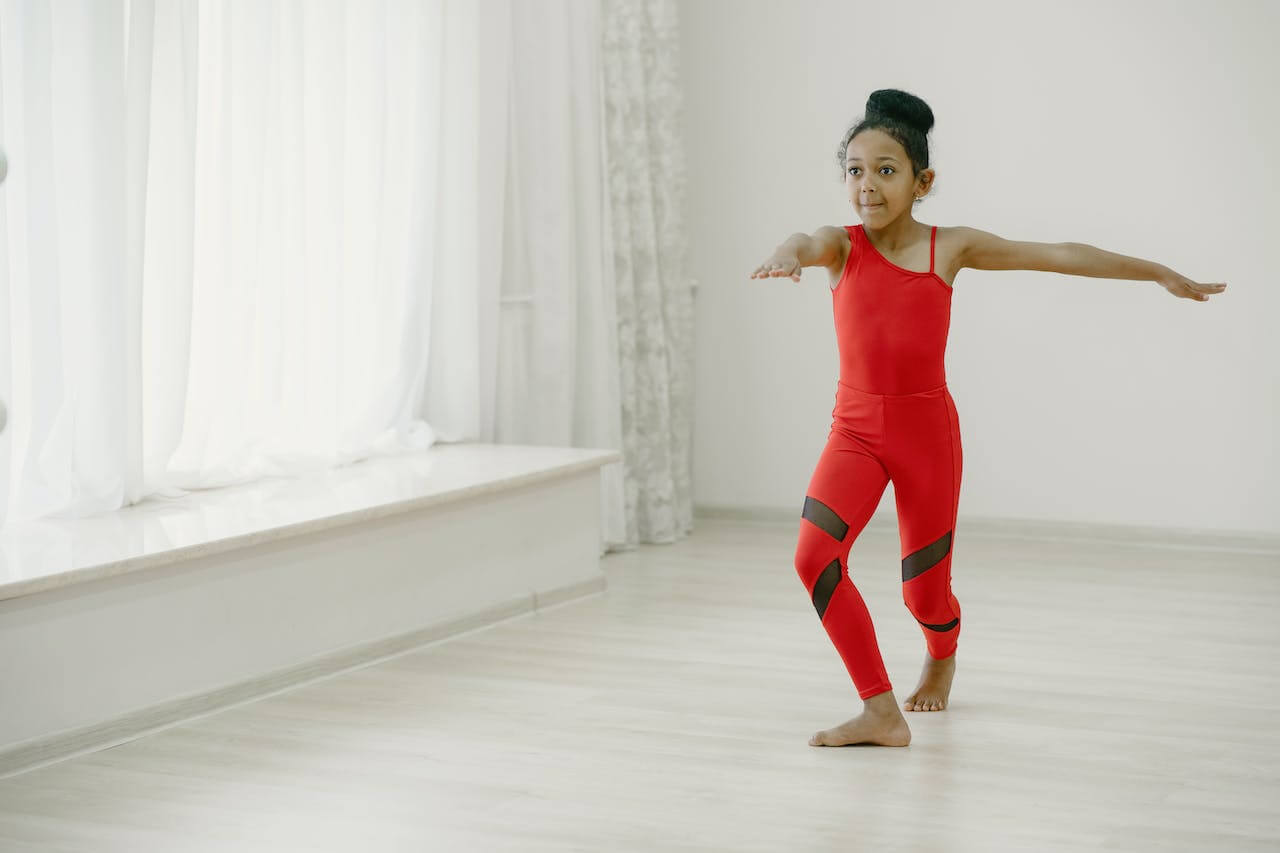
How often should I complete dance progress reports?
The number of dance progress reports you complete will depend on two factors i) the length of your seasons ii) the dancer’s individual progress. If your season runs from September to December, then one progress report will likely suffice. However, if your season runs from September to June, you may want to offer at least one mid-season report and an end-of-season report. Lastly, if you have a dancer that appears to be progressing to the next level of your curriculum ahead of schedule, it may make sense to complete an early dance progress report to ensure they’re ready for the next level.
How can dance progress reports help my studio?
Dancers and parents both love clear feedback. When a parent sees their child practicing the same skill for months, they need to understand why. By completing a dance progress report, your instructors are able to clearly show what skills a dancer has mastered, which skills their working on, and what comes next. The more measured and structured your studio can be, the easier it is for dancers and parents to buy into your curriculum and your vision.
Do you have questions about dance progress reports?
Dance progress reports can be tricky to create if you’re new to the idea. Sometimes it’s best to watch someone else create and complete a report. If you’d like to see our dance progress report in action, feel free to schedule a demo!
We’re always happy to teach and we love hearing from studios who share our passion.






